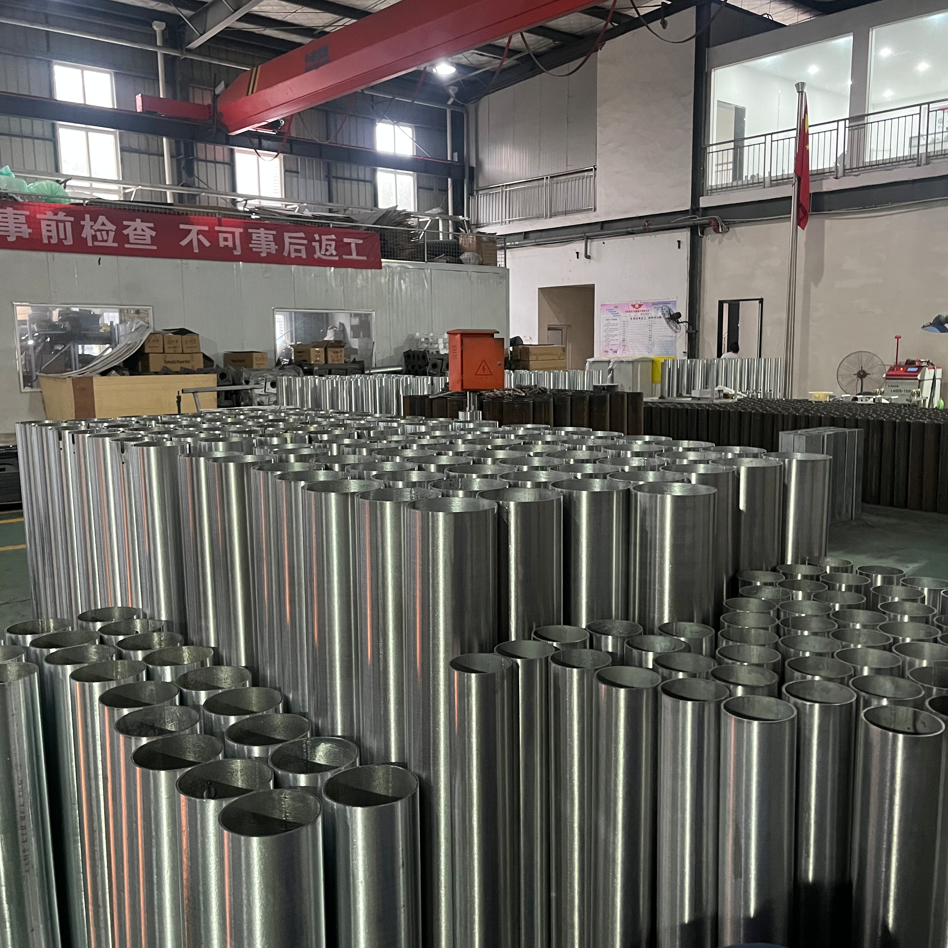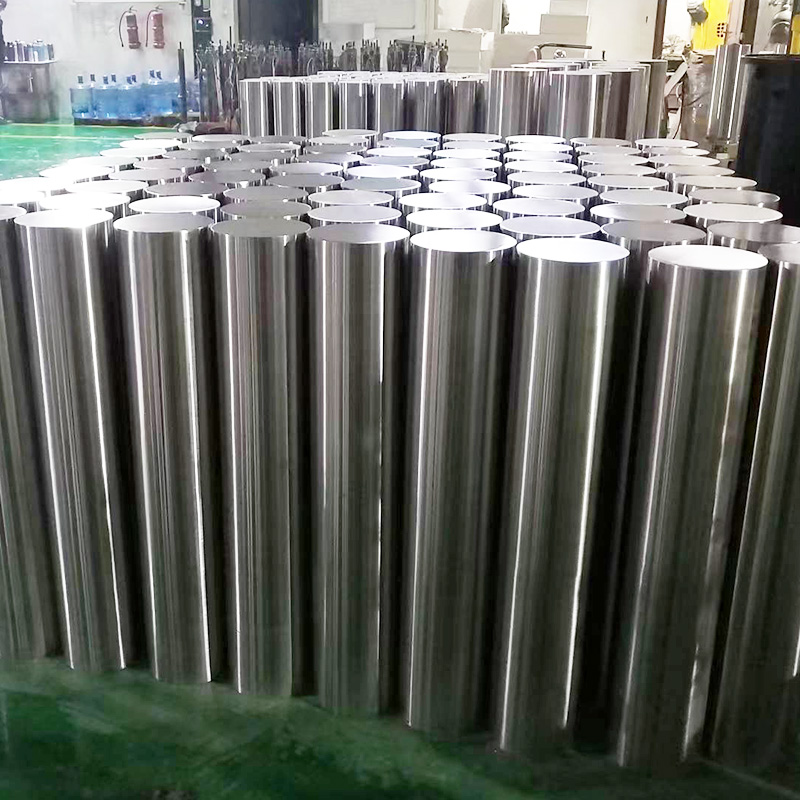Corrosion resistance:
316 stainless steel bollards: have good corrosion resistance and are suitable for general outdoor environments and moderately corrosive environments, such as road guardrails,
parking lot dividers, etc.
316L stainless steel bollards: because of the lower carbon content, it is not easy to produce intergranular corrosion after welding, which is particularly suitable for applications in
welded structures and highly corrosive environments, such as bollards used in coastal areas, chemical plants, and acid-base environments.
Strength and impact resistance:
The strength of the two is similar, but in some occasions where high strength is required, 316 stainless steel bollards have a slight advantage because of their higher carbon content
and slightly higher material strength than 316L.
When using bollards as protective isolation facilities, impact resistance is crucial, so in addition to corrosion resistance, impact strength must also be considered in material
selection.
Weather resistance:
Both 316 and 316L have good weather resistance, can adapt to outdoor wind and sun, are suitable for long-term exposure to the natural environment, and are not easy to rust or
corrode.
In heavily polluted or salty environments, 316L will perform better and resist corrosion better.
Welding performance:
Due to its low carbon content, 316L stainless steel still maintains good corrosion resistance after welding, avoiding sensitization after welding, so it is particularly suitable for
installing bollards using welding processes.
When welding, 316 may experience intergranular corrosion, especially at higher temperatures, so it is more suitable for non-welding installation or seamless welding.
Applicable scenarios for 316 and 316L bollards
316 stainless steel bollards: suitable for general industrial plants, public transportation facilities, parks, trails and other outdoor environments, especially when no complex welding is
required.
316L stainless steel bollards: Because it can still maintain high corrosion resistance after welding, it is suitable for coastal cities, chemical plants, heavily polluted industrial areas,
laboratories and other environments.
Both 316 and 316L stainless steel materials are suitable for the manufacture of bollards. The specific choice depends on the use environment, welding requirements and corrosion
resistance requirements. In severe corrosion or highly polluted environments, 316L is a better choice, while in situations where high strength requirements are required, 316 has a
slight advantage.
If you have any purchase requirements or any questions about the bollards, please visit www.cd-ricj.com or contact our team at contact ricj@cd-ricj.com.
Post time: Nov-12-2024









